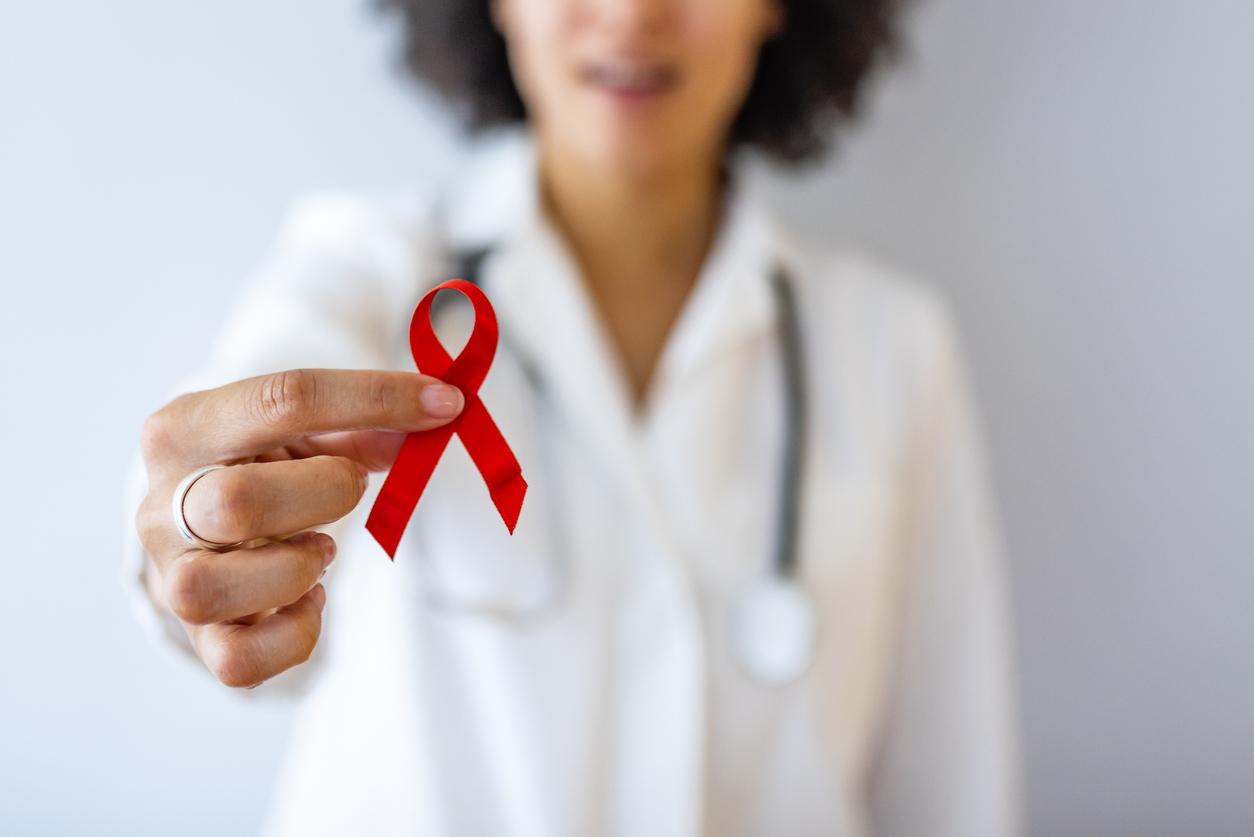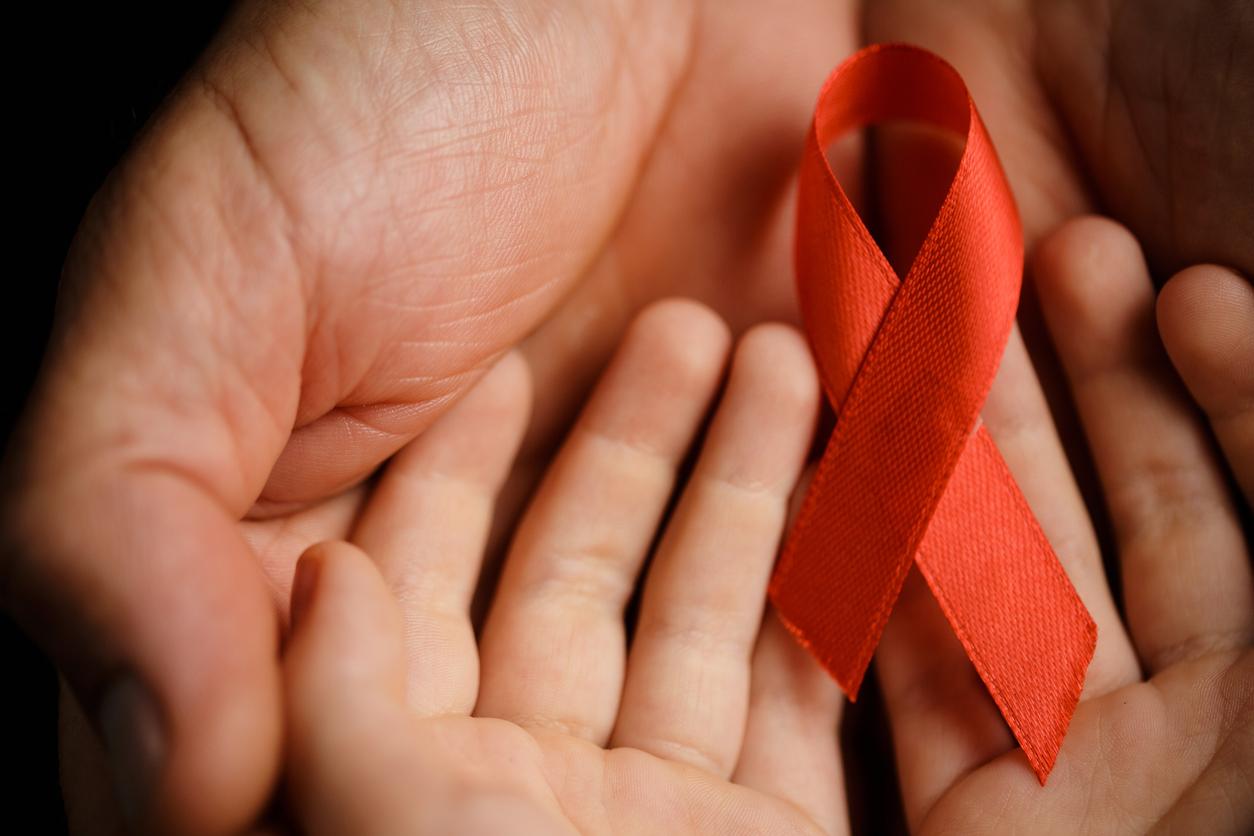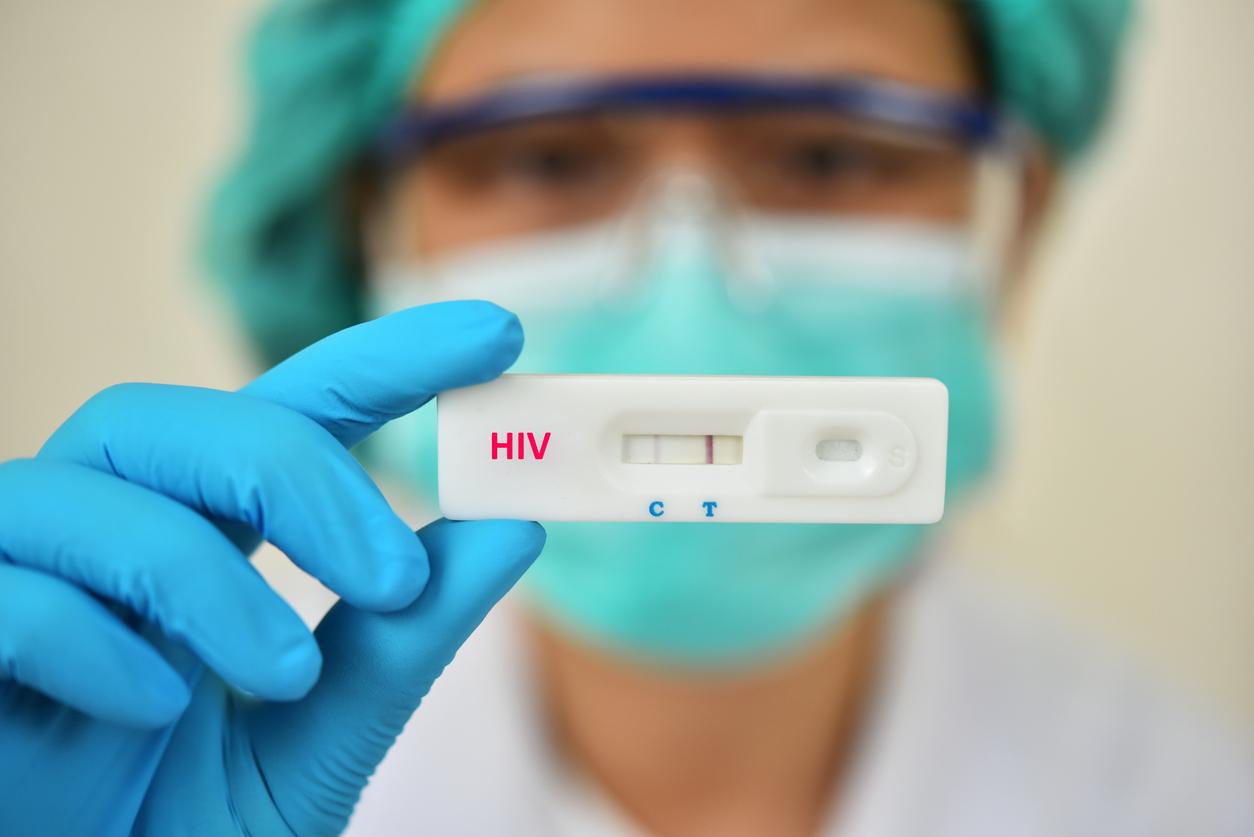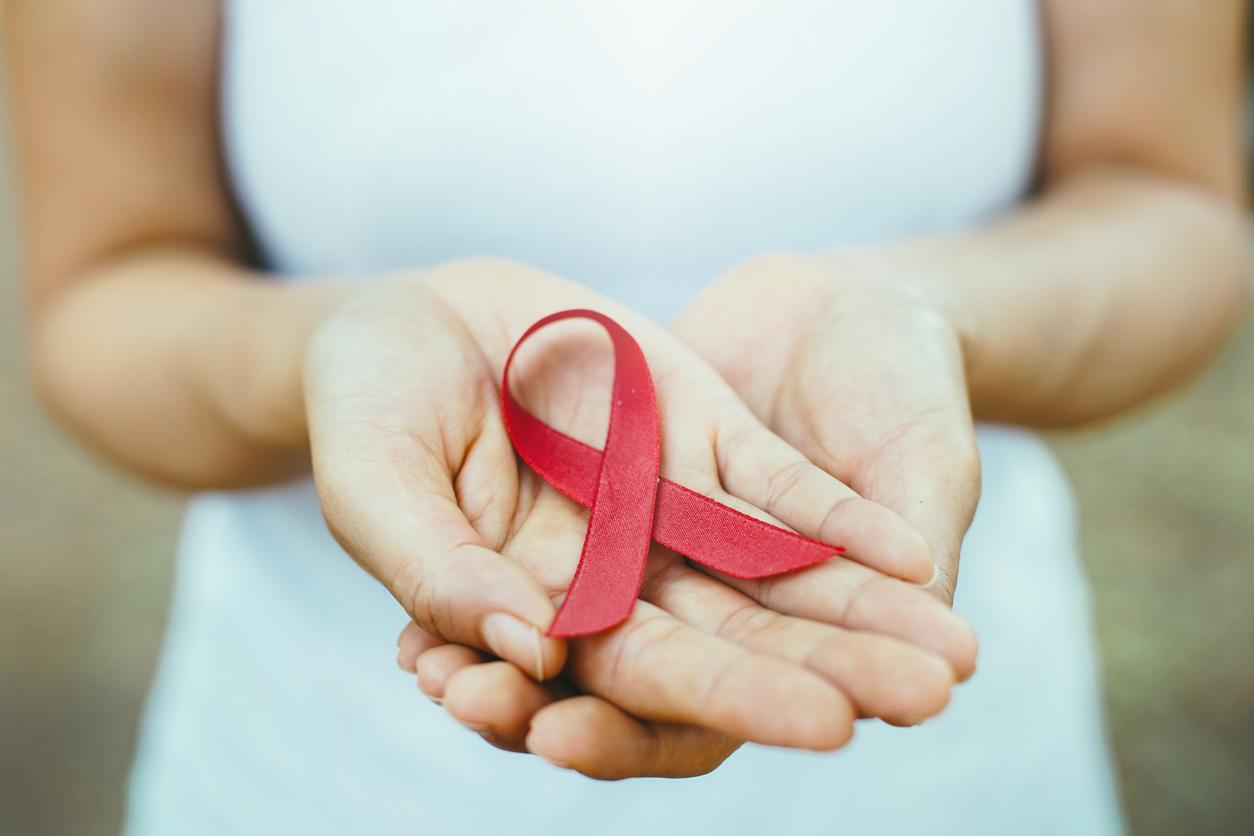18 million people living with HIV are on antiretroviral treatment, ie half of all infected patients. Access still needs to be improved, according to UNAIDS.

It is now a chronic disease in most countries. More than 30 years after its discovery, HIV is controllable. The authorities are still struggling to slow down transmission. The progression of symptoms is stopped by antiretrovirals. These drugs, which limit the presence of the virus in the blood, have prevented the infection of more than one million children since 2000. As World AIDS Day dawns, this 1er December, onusida looks back on this major success in the fight against the disease.
Rising life expectancy
Antiretrovirals are prescribed to anyone infected with HIV as soon as the diagnosis is made. The World Health Organization (WHO) set this rule in 2015. It must be said that the treatment has been proven. Since 2005, AIDS-related mortality – the final stage of infection – has been halved. The life expectancy of people living with HIV is steadily increasing. An effort remains to be made, and it is not the least: to ensure that every HIV-positive person has access to these drugs.
“Key populations such as sex workers, injecting drug users, men who have sex with men, detainees and migrants must have access to HIV treatment,” said Michel Sidibé, executive director of the Onusida. Progress is constant, but still too slow. To date, half of those infected benefit from an appropriate prescription.
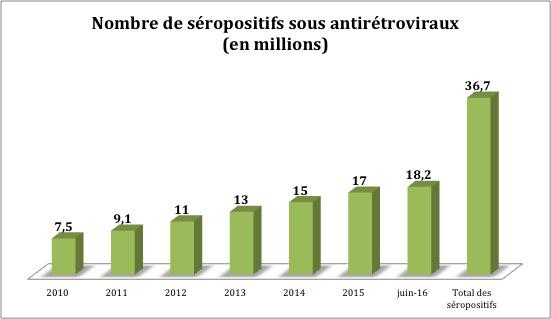
910,000 children treated
The report published on November 21 points to several obstacles to access to antiretrovirals. Mother-to-child transmission has almost been eradicated worldwide. But 9 countries still do not offer these treatments to pregnant women, including Nigeria. They are however essential because they prevent the child from developing an infection after birth. The agency suggests that pre-exposure prophylaxis (PrEP) be offered more frequently to pregnant or breastfeeding women.
Screenings in pediatric wards are also too rare. Among the countries identified as priority by UNAIDS, only 4 test for the virus within two months after birth. Generalizing this would be particularly useful for expanding access to treatment in children. Before the age of 14, 910,000 patients benefit from it. The agency is targeting 1.6 million patients treated by 2018. The objective is far from being achieved in many regions.
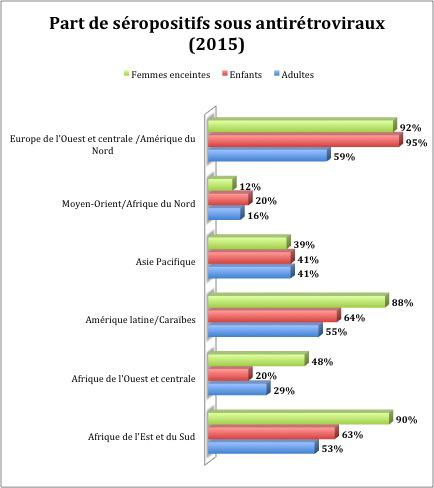
Even in uncomplicated populations, access to antiretrovirals is problematic. Men, for example, treat each other less often than women. Young people are less serious about follow-up. Onusida recommends simplifying treatments and offering products with fewer side effects. Because the price is no longer at the heart of the problem. From now on, drugs represent a cost of 100 dollars (94 euros) per year and per patient.

.










